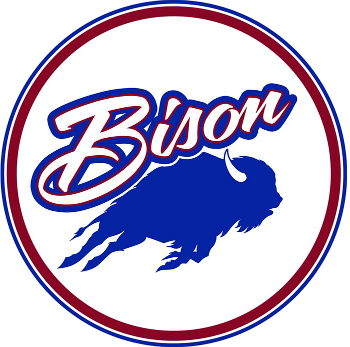A Trade Route
Native Americans had used French Creek as a transportion corridor long before the arrival of the French and British. However, European settlers in the late 1700's and early 1800's capitalized on French Creek's usefulness as a trade route, and industries in timber, skins, salt, potash, and whiskey soon began using French Creek to float goods downstream as far south as New Orleans. In fact, traders could drag their goods roughly 15 miles over land (often by oxen) from the Great Lakes to Le Boeuf Creek (near present-day Waterford). Once there, Le Boeuf Creek provided transportation into French Creek, which in turn led to the Allegheny River, the Ohio River, and eventually the Mississippi River, and south to the Gulf of Mexico.
Therefore, French Creek for over half a century served as an extremely important means of transporting goods throughout the eastern part of the North American continent. Waterford, because of its location, became an important part of that trade corridor.
French Creek was not always the most reliable year-round travel and trade corridor, however. Humans had to deal not only with fluctuations of the water levels in the stream, but also with all kinds of natural strainers which made it difficult at times to traverse. In 1761, for example, a French Colonel wrote to his commander that the river "would be one of the best communications if cleaned of trees and logs. They are so entangled and heaped in some narrow places and the channel so deep there, that it would require a great number of hands to do it effectually, as it continues from place to place for about 50 miles. And unless the trees hanging in the water on both sides are cut down, they will be daily falling in and form new obstructions."
Some of French Creek's cumbersome conditions were bypassed through the completion of the French Creek Feeder Canal in 1837. The Feeder Canal stretched from just north of Meadville, over the aqueduct at Shaw's Landing, and through Conneaut Lake, and provided access to the Erie Extension Canal, with a direct route to the Great Lakes. This new path also eliminated the 15 mile overland distance between Lake Erie and Le Boeuf Creek in Waterford, and marked the height of the commercial and transportation importance of French Creek.
Another canal system -- the French Creek Slackwater Canal System which went from Shaw's Landing Aqueduct down to present-day Franklin -- encountered
a number of engineering miscalculations, which assumed a higher volume of water than actually was the case. In addition, the system relied on a series of dams along French Creek which flooded adjacent farmers' fields, and also imposed various unpopular lock tolls on boatmen. This canal system, constructed between 1827 and 1833, therefore saw limited use for its intended purpose (although its tow path was later used as a rail bed for a number of rail lines). The last remaining lock on the French Creek Slackwater Canal System can be found adjacent to Polly's Ice Cream Shop, just off Route 322, as you enter Franklin. |

